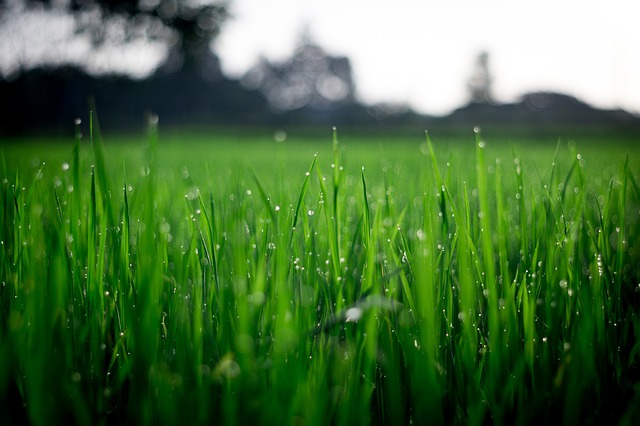Spring Special ONLY! Treatment for your yard with a 1-year warranty
Last year our area had a widespread problem with Sod Webworm Moths. The aftermath? Damage to lawns that started as baseball size brown patches and grew larger as the larva continued to feed.
If you were one of the few these moths did not affect, you were lucky, but winter did not knock them out, so everyone is at risk again. The larvae of the Sod Webworm Moth take this time to mature in their silken tunnels and when spring hits they start feeding. They feed on the leaves and steams of your grass right above the crown which causes the grass to die. As this larva grows the damage area just keeps getting larger. Severe damage is usually noticed in July and August.
Cypress Creek Pest Control recommends taking preventive measures this year to get ahead of what could cause major lawn damage. We recommend two treatments: one now and another one in July or August. For a limited time, we are offering a one-year warranty from the first initial treatment.
Please fill out the form to receive more information and a quote.

Please fill out the form to receive a quote and schedule service.
Learn more about Sod Webworms
-
What are Sod Webworms?
Sod webworms are the larvae of lawn moths. In the spring, female sod webworms lay eggs, up to 60 eggs per night! Unfortunately, winter doesn’t kill off the webworms. Instead, the last generation from the summer build tunnels in the soil and mature. When spring hits, they begin feeding on grass.
-
What are the Signs You Have Sod Webworms?
The biggest indication of sod webworms is baseball sized brown patches where your lawn is driest. For those who have experienced sod webworms, they can attest the damage to their lawns and how it happens in a short amount of time. Severe damage is usually noticed in July and August.
Another sign is that you’ll may even be able to see small white tubes made of silky web at the root level. At dusk, you might even see the larvae or moths flying above your grass.
-
How Does Cypress Creek Treat for Sod Webworms?
Sod webworm control must focus on the larva, not the adult moths since spring’s first generation of larvae is already at work. Every subsequent generation will cause more larvae to feed off your lawn.
This is why we recommend taking preventive measures now to get ahead of what could cause major lawn damage. We recommend two treatments: one now and another one in July or August. For a limited time, by receiving these two treatments we are offering a one-year warranty from the first initial treatment against the Sod Webworm Larvae.

